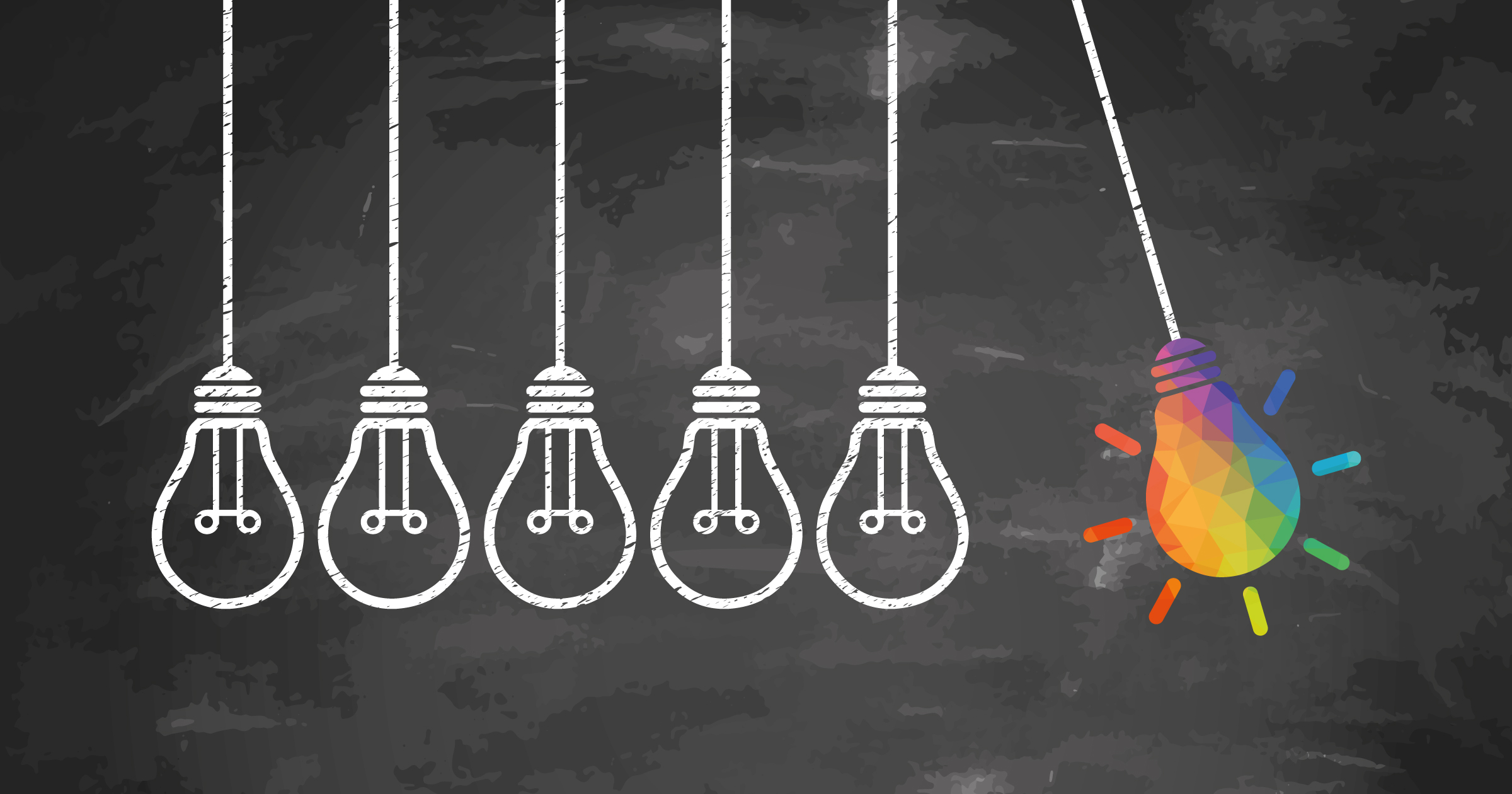The Five Stages of Successful Innovation
Defining an innovation process increases companies’ future value.

Serendipity is not a strategy, yet that’s the extent of most companies’ innovation planning. The importance of innovation to a company’s future is unquestionable. Then why do so few companies have a process for it? The authors of a September 2006 working paper, Crafting Organizational Innovation Processes, address that question. Their underlying research comprised semi-structured interviews conducted with senior research and development, marketing and product management executives from more than 30 U.S. and European companies in several distinct industries, supplemented with data from annual reports.
The paper identifies five discrete and essential stages of successful innovation.
Stage 1: Idea Generation and Mobilization
The generation stage is the starting line for new ideas. Successful idea generation should be fueled both by the pressure to compete and by the freedom to explore. IDEO, the product development and branding company based in Palo Alto, California, is a good example of an organization that encourages successful idea generation by finding a balance between playfulness and need.
Once a new idea is generated, it passes on to the mobilization stage, wherein the idea travels to a different physical or logical location. Since most inventors aren’t also marketers, a new idea often needs someone other than its originator to move it along. This stage is vitally important to the progression of a new idea, and skipping it can delay or even sabotage the innovation process.
Get Updates on Transformative Leadership
Evidence-based resources that can help you lead your team more effectively, delivered to your inbox monthly.
Please enter a valid email address
Thank you for signing up
Stage 2: Advocacy and Screening
This stage is the time for weighing an idea’s pros and cons. Advocacy and screening have to take place at the same time to weed out ideas that lack potential without allowing stakeholders to reject ideas impulsively solely on the basis of their novelty. The authors found that companies had more success when the evaluation process was transparent and standardized, because employees felt more comfortable contributing when they could anticipate how their ideas would be judged. For example, one software engineer from an information technology organization said, “One of the things I have struggled with is evaluations of my ideas. Some of my ideas light up fires around here, while others are squashed. . . . Needless to say, I grow skeptical when [the executives] ask for ideas and then do not provide feedback as to why an idea was not pursued.”
Stage 3: Experimentation
The experimentation stage tests the sustainability of ideas for a particular organization at a particular time — and in a particular environment. At this stage, it’s important to determine who the customer will be and what he or she will use the innovation for. With that in mind, the company might discover that although someone has a great idea, it is ahead of its time or just not right for a particular market. However, it’s important not to interpret these kinds of discoveries as failures — they could actually be the catalysts of new and better ideas.
Washington Mutual Inc.’s recent interior redesign provides a good example of how successful experimentation works. Instead of applying a new design to all its branches, the banking and insurance company, headquartered in Seattle, Washington, implemented the design in just a couple of locations to see how it would be received. Subsequently, when customers responded favorably, the bank took its innovation to the next level, applying the new design to several other branches. This way, the company didn’t lose money and time by applying a new idea all at once without knowing if it would succeed.
Stage 4: Commercialization
In the commercialization stage, the organization should look to its customers to verify that the innovation actually solves their problems and then should analyze the costs and benefits of rolling out the innovation. The authors make sure to note that “an invention is only considered an innovation [once] it has been commercialized.” Therefore, the commercialization stage is an important one, similar to advocacy in that it takes the right people to progress the idea to the next developmental stage. For example, one chief executive officer said, “We learned a simple thing: Researchers and idea creators do not appreciate the nuances of marketing and commercialization. . . . In the past, we tried to get the researchers involved in the commercialization aspects of the business. . . . The end result was pain and more pain.”
Stage 5: Diffusion and Implementation
The diffusion and implementation stages are, according to the authors, “two sides of the same coin.” Diffusion is the process of gaining final, companywide acceptance of an innovation, and implementation is the process of setting up the structures, maintenance and resources needed to produce it. A good example of a successful approach to diffusion comes from International Business Machines Corp., which involves its employees early in the idea-generation stage and conducts so-called innovation jams, to which they invite not only employees but also clients, business partners and even employees’ families. IBM aids later diffusion by giving everyone a stake in the idea from the beginning.
The authors of Crafting Organizational Innovation Processes are Kevin C. Desouza, assistant professor, Caroline Dombrowski, Ph.D. student, and Jeffrey Y. Kim, assistant professor at the Information School at the University of Washington; Sridhar Papagari and Sanjeev Jha, Ph.D. students at the Department of Information and Decision Sciences, College of Business Administration at the University of Illinois at Chicago; Yukika Awazu, the Henry E. Rauch Doctoral Fellow at the McCallum Graduate School of Business at Bentley College; and Peter Baloh, Ph.D. student, Faculty of Economics, at the University of Ljubljana. For more information, contact the authors through kdesouza@u.washington.edu.

Comment (1)
Ankush Chatterjee